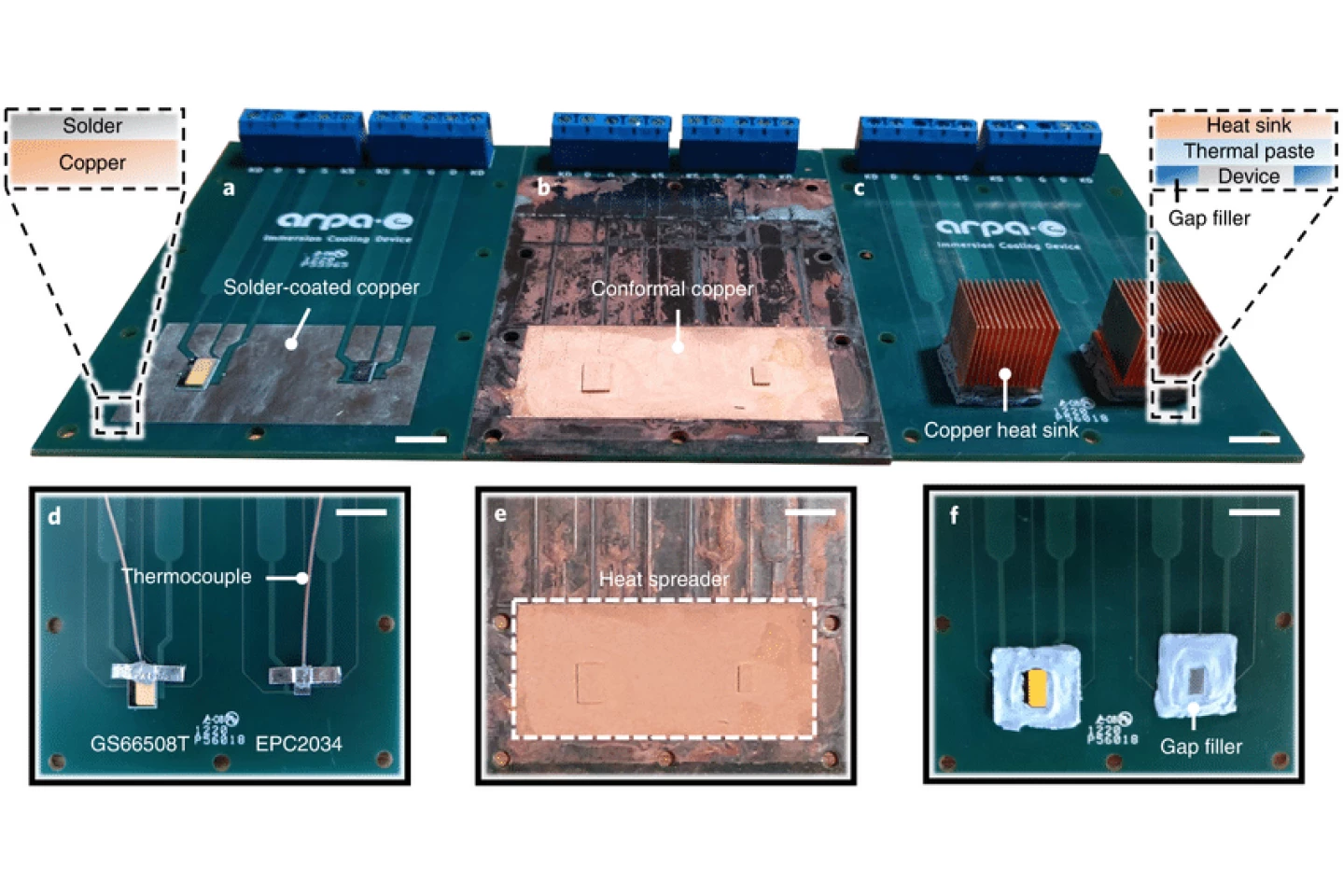A team from the University of Illinois and the University of California, Berkeley, demonstrated a new cooling method that can effectively suck heat away from electronics, allowing designers to run 7.4 times more power in a given volume than traditional radiators To a large extent, heat is the "enemy" of electronic designers. It is one of the key limiting factors that hinder the downsizing of electronic products. If heat cannot be removed from the circuit, they will fail functionally and sometimes physically.

Familiar stacked wafer shaped radiators are designed to conduct heat away from sensitive areas and dissipate heat where it doesn't cause trouble, but the team says they usually don't remove heat from the bottom of the device, where a lot of heat is generated.
The next generation of radiators tried to improve traditional radiators, but the team said that they are usually made of expensive materials (such as diamonds), and they usually can not be installed directly on the surface of components without a layer of "thermal interface material", which can improve contact but inhibit thermal performance.
The team came up with a solution that they said fundamentally improved heat emissions without introducing expensive materials. A new study, published in the peer-reviewed journal Nature electronics, describes a method, "first apply an electrical layer of polychlorinated p-xylene film on the equipment, and then apply a conformal layer of copper. This makes copper close to heating elements and eliminates the need for thermal interface materials."

In essence, this new cooling system completely covers all exposed surfaces of electronic products, including top, bottom and side. As a whole, the performance of the equipment and the radiator is as effective as or even more effective than that of the radiator, and there is no place close to the volume of the radiator. The team successfully tested this ultra efficient passive cooling method on some gallium nitride power transistors.
For individual circuits, they recorded impressive results -- but the effect increased significantly when they could be stacked together. "Suppose you have multiple printed circuit boards," said study lead author Tarik gebrael, a doctoral student at the University of Illinois at Urbana Champaign. "When you use our coating, you can stack more printed circuit boards in the same volume than you use a traditional liquid or air-cooled radiator... This means that the power per unit volume is much higher. We can prove that the power per unit volume is increased by 740%."
The study confirmed that this conformal copper coating is suitable for air and water cooling applications, although further testing is needed to understand the durability of this solution in boiling water, boiling dielectric fluids, high-pressure applications, and circuits more complex than the simple test devices used in the study.
This paper is published in [Nature electronics]( https://www.nature.com/articles/s41928-022-00748-4#article -In the magazine.